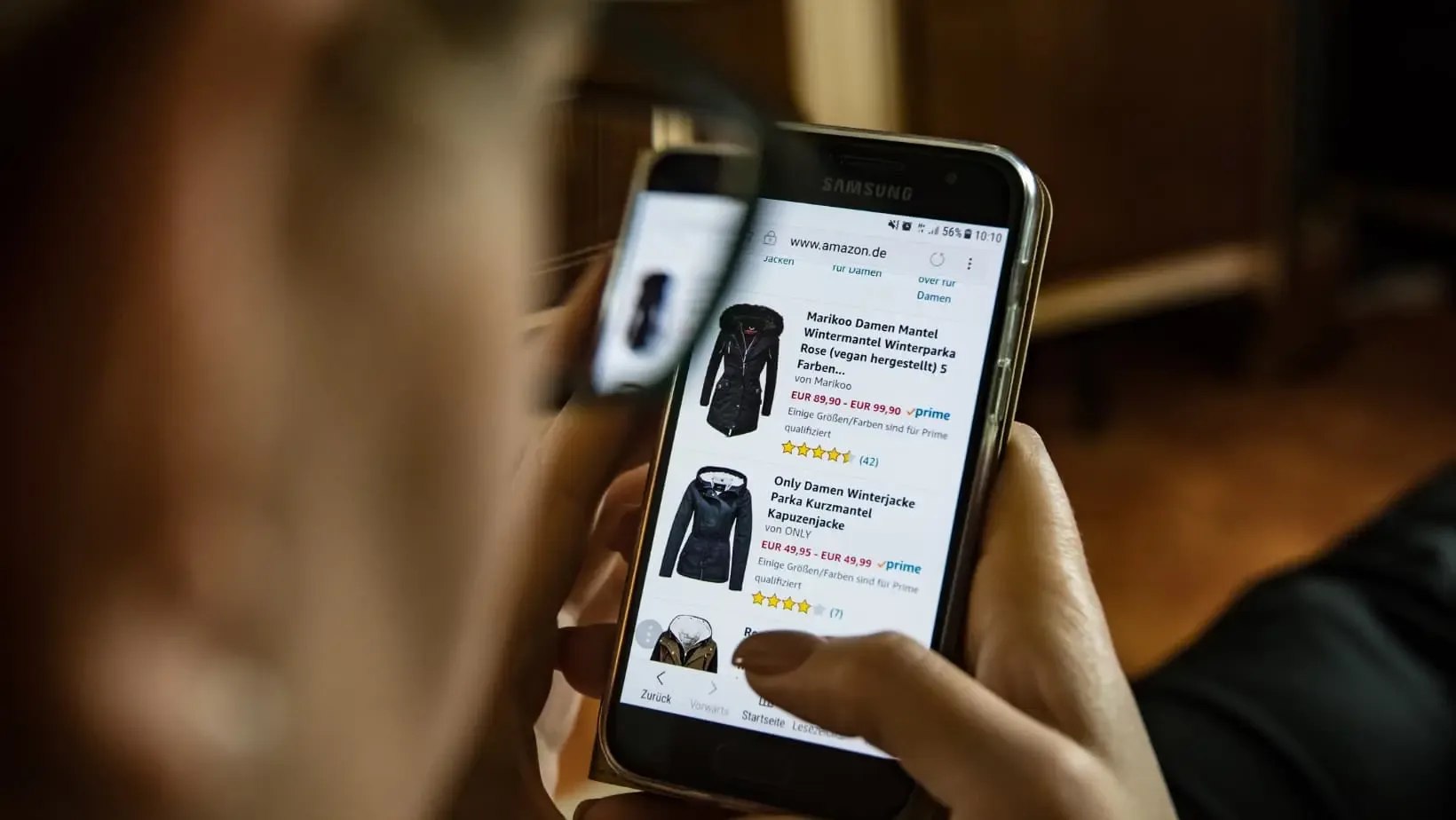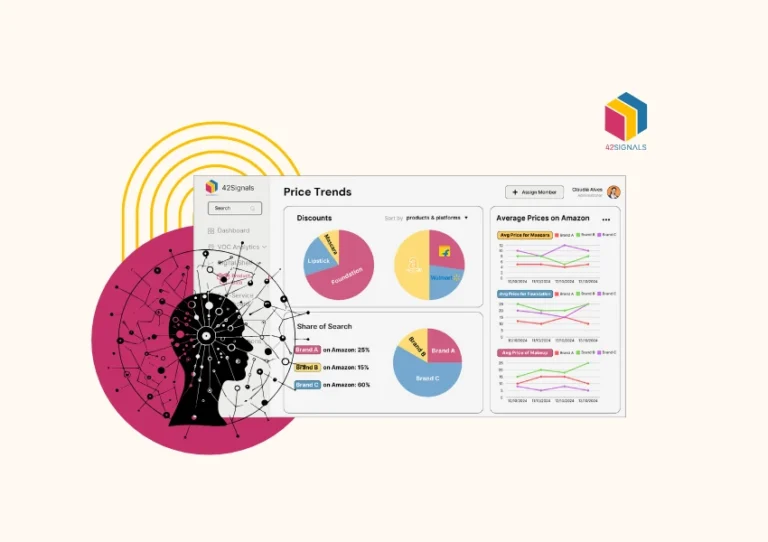The last time I purchased a mobile, I distinctly remember the entire process right from shortlisting models to exploring the models to purchasing the mobile. The first thing that I did was to of course look up information on the internet (Amazon, Flipkart, Apple Website, YouTube) and I followed up this with a visit to the Apple Store that’s near my home. While at the store speaking to the sales rep, my hand almost instinctively went towards the Amazon app on my mobile to check the prices, offers, and availability at that instant for the mobile that I was interested in. I also followed this up with a visit to another Multi-brand retail store just to explore the same model and the offers that they might have. After evaluating all the options, I finally decided to purchase the mobile in the Apple Store. This is a very small example of how various channels come together to create a buying experience and how these channels can complement each other, OR leave a bad impression and ultimately drive the end user away.
India’s eCommerce market has experienced significant growth in recent years, driven by factors such as rising internet penetration, increasing smartphone usage, and a growing middle class with greater purchasing power. Various reports indicate that India’s eCommerce market is expected to reach $111 billion by 2024, growing at a compound annual growth rate (CAGR) of 28% between 2019 and 2024.
The OmniChannel Buzzword
Adopting omnichannel eCommerce strategies has been one of the reasons for the growth of eCommerce in India. The omnichannel buzzword has been around for a while, but what does it mean? To put it in simple terms, Omni-channel eCommerce refers to the setup where brands ensure that multiple channels come together to provide a seamless and consistent shopping experience to the end user. From my example above, it is reasonably clear that in India brick-and-mortar stores still play a significant role in retail. However, omnichannel eCommerce has emerged as a key strategy for eCommerce companies to expand their customer base and is one that can complement the brand’s sales strategy.
By integrating multiple channels, eCommerce companies can reach customers wherever they are and provide a more personalized and convenient shopping experience. For example, many eCommerce companies in India, such as Reliance Digital, Croma, Decathlon, Lifestyle, etc. are using omnichannel strategies to offer customers the option to shop online and pick up their purchases in-store. This allows customers to shop online and still have the option of seeing and touching the product in-store before making a final decision. Historical reports also indicate that buy online, pick up in store” or “BOPIS” for short, has become increasingly popular in recent years. A survey conducted in 2020 found that 40% of the respondents had used BOPIS services, and 80% of those who used it said they would continue to use it post-pandemic as well.
Influencers and (or vs.) Brands
You may like them or you may hate them but there is no avoiding Influencers in today’s world! Using social media influencers and leveraging their large following has become another omnichannel strategy to drive online sales. This strategy has helped brands reach a wider audience and promote their products and has been particularly effective for categories such as beauty and personal care, where social media influencers have a strong influence on purchase decisions. Multiple brands have reported seeing significant growth which they attribute to influencer marketing efforts.
Sugar Cosmetics for example reported a 200% increase in online sales during the lockdown period in 2020. Zivame, an online lingerie retailer in India, has collaborated with social media influencers to promote its products on Instagram and other platforms. In 2021, Flipkart, one of India’s largest online retailers, partnered with several social media influencers to promote its “Big Billion Days” sale on Instagram, a campaign that generated over 100 million impressions and resulted in a 65% increase in the number of customers who shopped during the sale compared to the previous year.
Impact of Smartphone Penetration
Also attributing to the growth of Omnichannel eCommerce is the growth of smartphone users, which has resulted in a growth in the number of apps those users have access to. So, what do companies that want to create a true omnichannel experience do? Create a mobile app. Such apps not only offer a way for people to purchase products but also to engage with the brand, which is ultimately the goal of these brands. These mobile apps can offer personalized recommendations, exclusive discounts, and a range of other features that make the shopping experience more convenient and enjoyable for customers, while remaining consistent with the experience that they would have had while shopping in-store.
The Challenges and Future Outlook
However, there are still challenges that need to be addressed in order to sustain the growth of eCommerce in India. One major challenge is the lack of infrastructure in some areas, which can lead to delays in shipping and delivery times. I have personally had to wait for over 20 days from the time of ordering a set of clothes, to get them delivered. While the clothes themselves were great and as expected, the delivery time in itself can act as a blocker to shop that much more frequently. Another challenge is the need for improved logistics and supply chain management, as well as better customer service and support.
Despite these challenges, the future of eCommerce in India looks bright. The Indian government has taken steps to support the growth of eCommerce, such as by promoting digital payments and creating a more favorable regulatory environment. The way UPI has made everyone’s life easier has been nothing short of magical. Similarly, the growth of companies in the logistics and reverse logistics space can only boost the online shopping experience. With all these advents in the shopping ecosystem, brands can no longer afford to look at offline retail and online retail as two separate and distinct channels but should focus on and adopt an omnichannel eCommerce strategy to see sustained growth.
With the Indian eCommerce market expected to grow at a rapid pace in this hyper-growth phase, it is definitely an exciting time for both brands and customers in India. As the industry continues to evolve, eCommerce is all set to become an increasingly important part of the Indian economy, if it already hasn’t (when was the last time you bought something online? Mine was just yesterday!)





